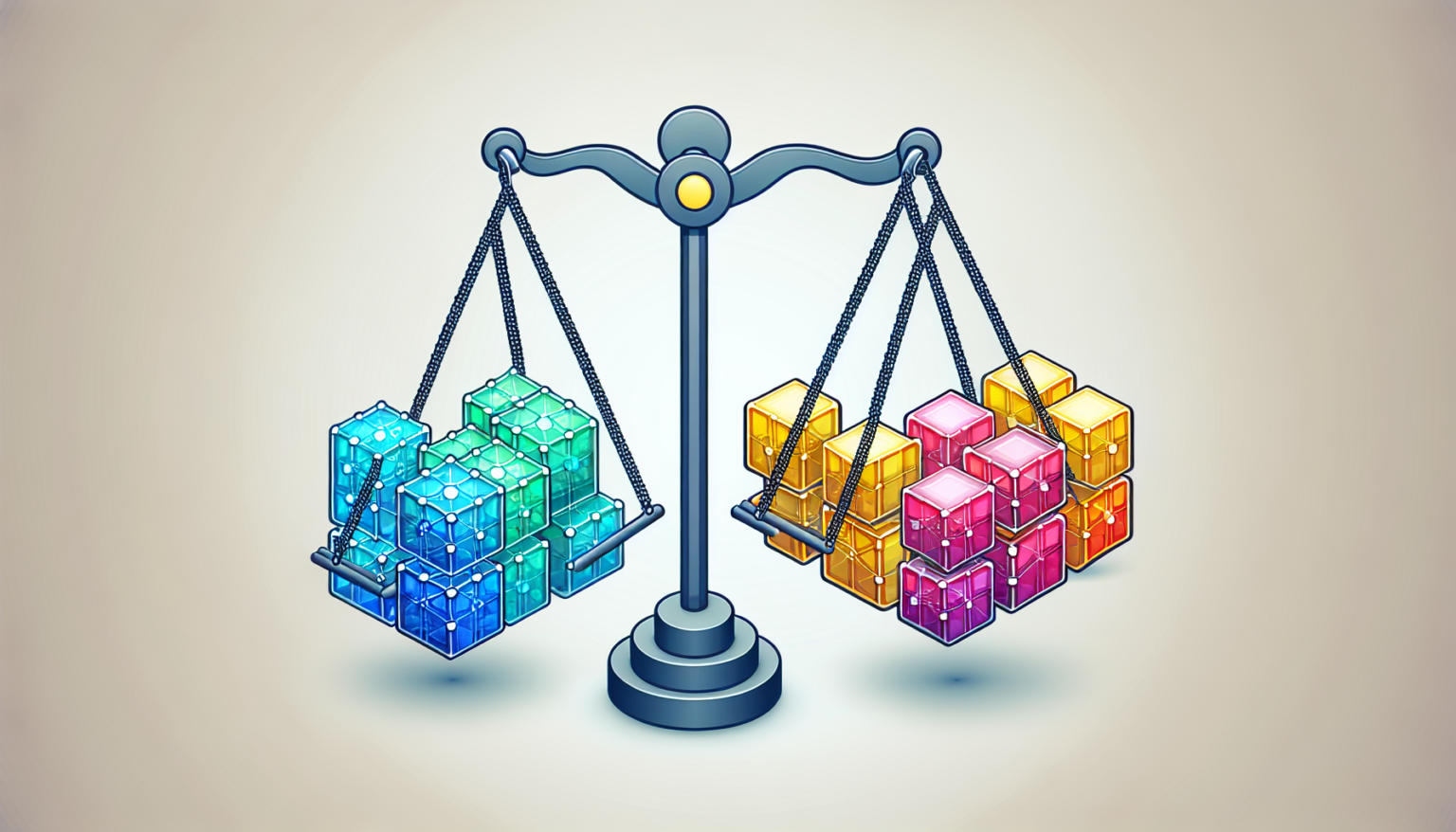The Rise of Stablecoins in the Crypto Market
Understanding Stablecoins
Stablecoins emerged from the need for a more stable cryptocurrency option amid the volatility that defines the crypto market. Unlike typical cryptocurrencies such as Bitcoin or Ethereum, which can experience dramatic shifts in value in short timeframes, stablecoins aim to remain pegged to traditional assets, most commonly fiat currencies like the US dollar.
Types of Stablecoins
There are generally three types of stablecoins: fiat-collateralized, crypto-collateralized, and algorithmic stablecoins.
Fiat-Collateralized Stablecoins
These stablecoins maintain a one-to-one peg with a fiat currency, backed by reserves that can be audited. Users are given reassurance that for every stablecoin issued, a corresponding amount of the fiat currency is held in reserve.
Crypto-Collateralized Stablecoins
Crypto-collateralized stablecoins are backed by other cryptocurrencies. They are usually over-collateralized to account for the volatility of the backing assets.
Algorithmic Stablecoins
Algorithmic stablecoins use smart contracts to control supply and maintain price stability without direct backing from collateral.
A Deep Dive into Tether (USDT)
What is Tether?
Tether, known by its token USDT, is arguably the first and most recognized stablecoin in the market. Launched in 2014, Tether aims to offer the stability of the US dollar while providing the advantages of cryptocurrency, making it an attractive option for traders and investors.
How Tether Works
Each USDT is supposed to be backed by one US dollar held in reserve, theoretically making it a one-to-one stable asset. This design allows users to trade in and out of volatile cryptocurrencies without having to convert back to traditional fiat currencies.
The Controversy Surrounding Tether
Despite its popularity, Tether has faced scrutiny regarding its reserves. Critics have raised questions about the transparency of Tether’s backing, especially after the company transitioned away from a strict one-to-one fiat backing model. In 2021, Tether published a breakdown of its reserves, revealing that a significant portion was backed by loans and other assets, which raised concerns in the crypto community.
An Overview of USD Coin (USDC)
What is USD Coin?
Developed by Circle and launched in 2018, USD Coin (USDC) emerged as a more transparent alternative to Tether. USDC is backed by the US dollar on a one-to-one basis and is designed to provide more trust and reliability in the stablecoin sector.
How USDC Operates
Each USDC token is also designed to be fully backed by a corresponding US dollar held in reserve, which is regularly audited. The primary goal of USDC is to provide a user-friendly and compliant means of conducting digital transactions.
Transparency and Regulation
One of the remarkable aspects of USDC is its commitment to transparency. Regular audits by third-party firms ensure that USDC is fully backed, instilling confidence among users regarding its value. This has attracted institutional interest and usage in various decentralized finance (DeFi) applications.
Comparative Analysis: Tether vs. USDC
Backing and Reserves
Both Tether and USDC aim for a stable peg, but their approaches to reserves differ greatly. Tether has been criticized for its lack of transparency regarding the nature of its reserves. While it claims each USDT is backed by a dollar, the mixture of assets in the portfolio creates uncertainty.
In contrast, USDC prides itself on its transparency. Regular audits confirm the existence of its reserves and establish its credibility.
Regulatory Environment
As regulatory scrutiny in the cryptocurrency space intensifies, the differences in how these two stablecoins have responded to regulations will be pivotal. USDC has actively worked to align itself with regulatory standards, creating a compliant framework for its operations.
Tether, on the other hand, has had a more turbulent relationship with regulators. It reached a settlement with the New York Attorney General’s office, which exposed it to legal risks that could potentially impact its market position.
Use Cases and Adoption
Tether benefits from being the most widely adopted stablecoin, particularly for trading on cryptocurrency exchanges. Its ubiquity makes it easier for traders to leverage it during times of volatility, transitioning seamlessly into and out of other assets.
USDC, however, has carved out a niche, particularly in DeFi applications, payment solutions, and projects focused on transparency. Institutions seeking stability alongside regulatory compliance often choose USDC over Tether.
Market Capitalization and User Trust
Tether continues to lead in terms of market capitalization, holding a substantial portion of the stablecoin market. However, its controversial history has impacted overall trust levels among some users. In recent surveys, some traders expressed preference for USDC due to its perceived security and transparency.
USDC, on the other hand, is gradually increasing its market share as users prioritize compliance and stability. The growing institutional adoption reflects positively on its standing in the crypto ecosystem.
The Future of Stablecoins
Potential Trends
As the cryptocurrency landscape continues evolving, stablecoins may play an essential role in bridging the gap between crypto and traditional finance. With institutions entering the space, the demand for reliable and transparent stablecoins will increase.
Integration with Traditional Finance
The potential for integration with traditional financial systems is enormous. Both Tether and USDC could find ways to work alongside central bank digital currencies (CBDCs), offering users more choices in how to conduct their financial transactions.
Technological Enhancements
Innovations surrounding blockchain technology can further enhance the stability and transparency of stablecoins. Features like real-time auditing, better data management, and advanced smart contracts could redefine how stablecoins are used and perceived.
Regulatory Changes
Future regulatory changes will significantly impact how both Tether and USDC operate. The need for regulatory clarity will push stablecoins to adapt and meet evolving compliance standards, affecting their designs and functionalities.
As we continue to witness the evolution of stablecoins, Tether and USDC will undoubtedly play pivotal roles in shaping the future of financial transactions in the digital age.








